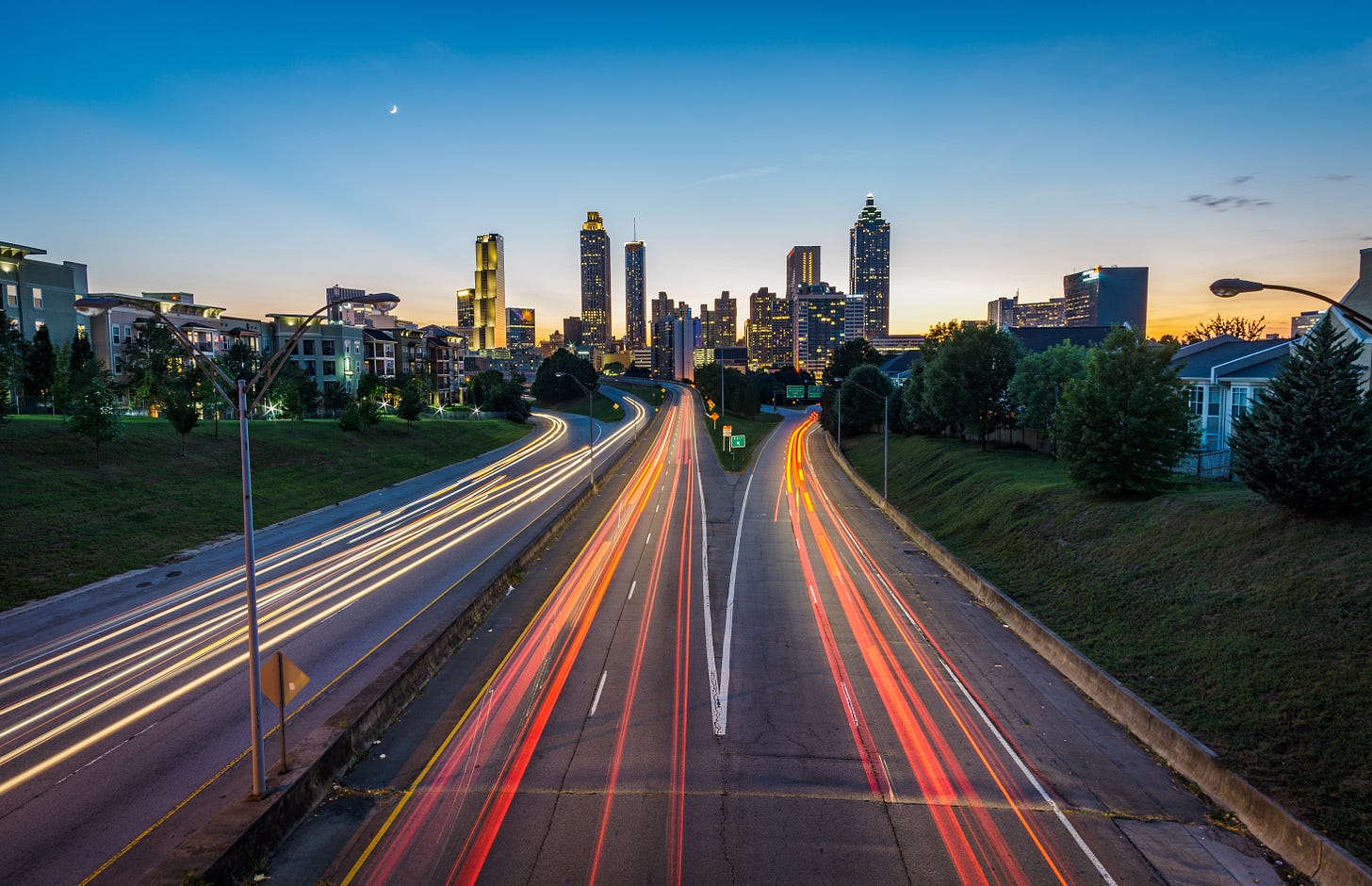Scaling...
How Uber went from a few cities to more than 100 in 2 years

In 2 years, Uber went from being in just a few cities to more than 100.
How did Uber grow so quickly? We recruited hundreds of thousands of drivers.
I get asked a lot about how we did it, so here are some lessons on scaling that might be helpful to other startups 👇👇👇
Uber was supply constrained.
In any marketplace, one of the most important things you have to do is solve the chicken and egg problem. For Uber, that meant finding the right balance of drivers and riders.
Not enough drivers ➡️ riders can't get a car
Not enough riders ➡️ drivers can’t make $.
So what did this mean for Uber? Because the # of riders was growing exponentially and there was a limited # of drivers, Uber always needed more cars.
How did Uber grow supply?
1. We cold called. 📞
When we launched a city, we’d go on Yelp and get a list of all limo companies in the area. We would cold call, meet and recruit drivers to join. I’m pretty sure every taxi / limo driver in Atlanta had my phone number (I still get calls to this day).
2. Our pitch to drivers was simple 💡
While you may be busy for some of the week, Uber is a great way to fill your downtime and make extra money. There was really no downside to at least give us a shot.
3. We removed friction ⚡️
We wanted to make it as easy as possible to get started with Uber so we removed all obstacles to joining. In the earlier years (‘10-‘14), we literally gave out iPhones and accessories to drivers (that’s a story for another day). Later, we started onboarding drivers remotely via video and shipped out “Get Started” kits.
4. We guaranteed driver earnings 💰
Because we didn’t have many riders at launch, we’d offer drivers an hourly rate even when Uber wasn’t busy. This allowed riders to see cars on the road 24/7. As Uber got busier, drivers started making more money and we removed the hourly rate.
5. We went where drivers were 🛫
Limo and taxi drivers spent a lot of time waiting in parking lots around the airport. So we spent a lot of time down at the airport. We’d rent conference rooms where drivers could get to know us, have coffee, sign up and get started driving.
6. Referrals were super effective 🤝
We asked drivers, “Do you have any friends that might also want to drive?” Drivers referred their friends & we paid out incentives once thresholds were met. Power drivers (who did lots of trips) referred people who were way more likely to become power drivers.
7. Uber flipped the industry model on its head ✌️
Word spread that Uber was changing the game for drivers. If you drove for a limo/taxi company, you'd keep only 30% of your fares or have to rent a car for $500/week. Drivers left limo cos, bought their own cars & started making more money w Uber.
8. We unlocked new supply 🔓
Driving UberBlack required a limo license & commercial insurance. So we helped drivers get all the necessary permits. When UberX launched, we unlocked an even wider pool of supply by allowing millions of people to drive their own cars & make money.
9. We went hard on Craigslist 📑
There was a golden era on Craigslist where you could post and get hundreds of signups in a city for free or very little money ($5 per post). This was important as we rolled out UberX in 2013.
10. And invested in other paid channels 🔎
As UberX scaled, other paid channels became important. Because Uber was now reaching out to a much broader range of drivers, FB, Google, Radio and TV all played a major role in the next chapter of growth.
11. We tried to get ahead of demand 📈
NYE, Halloween, Big Events (Final 4) & concerts (Jay Z) were busiest. For these times, we onboarded more drivers and created incentives to get more cars on the road. With 1000s of ppl looking for rides, you could never have too many cars.
12. We never stopped optimizing the funnel 🔬
Early on, a change that made a 20-30% conversion improvement was common. At scale, a change in the driver sign up flow that made a 3% improvement was incredible. Little things can make a big difference.
Wrapping Up
We tested everything. Some things worked, some didn’t. But we didn’t know until we tried. If you made it this far & want to hear more, sign up to get my newsletter where I’ll occasionally share my thoughts on tech and some other interesting nuggets about my time at Uber.


Great insights Scott!
Awesome insight. I am currently working on setting up a city to city type of startup and the information here is great.